Built specifically for icy waters, Viking Expedition ships are Polar Class 6 certified and equipped with special stabilizers and dynamic positioning. These features help reduce motion in rough waters like the Drake Passage and allow the ships to maintain position without anchoring, minimizing environmental impact.
The ships are smaller in size, accommodating a maximum of 378 guests. This intimate atmosphere allows for personalized service and fewer crowds during landings and excursions. Viking Expedition ships also feature onboard scientific labs where passengers can participate in projects that assist researchers studying Antarctic ecosystems.
A resident team of scientists, including biologists, geologists and glacier experts, offers lectures, guided excursions and insights into this unspoiled frontier.
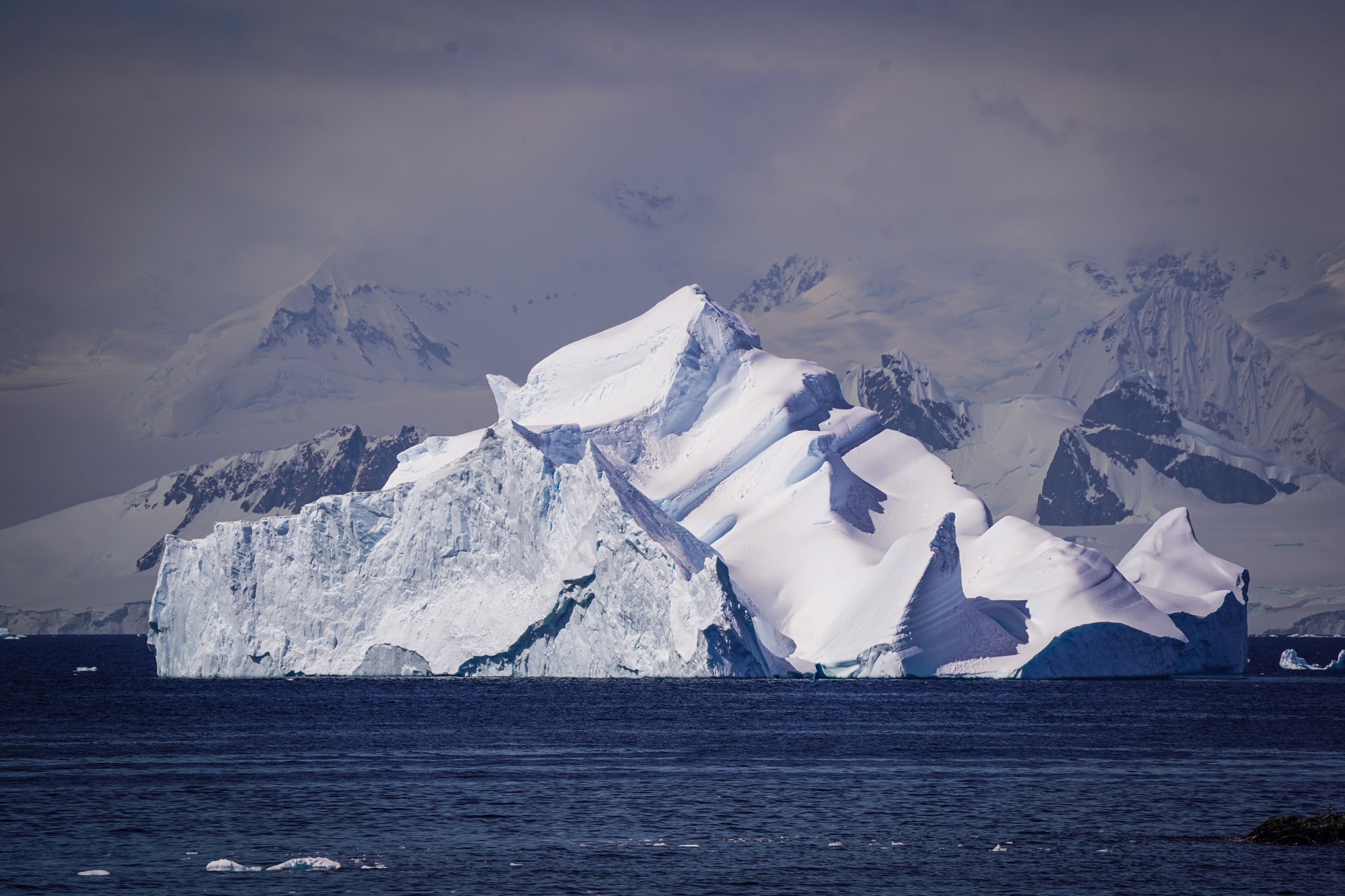
An Antarctic voyage is unlike a typical cruise, and excursions reflect that uniqueness. Imagine kayaking with penguins swimming alongside you or zipping across the water at high speeds to remote locations aboard a demilitarized Special Operations Boat (SOB), allowing for up-close encounters with wildlife, glaciers and icebergs.
Kayaking excursions occur in tandem kayaks. Guests typically board a Zodiac boat from the ship, which transports them to calmer waters. There, they carefully transfer from the Zodiac into the kayak before setting out with a small group to explore the area’s sights, which vary at each port of call.

Special Operations Boats (SOBs) are much sturdier than Zodiac boats and are specifically designed to travel farther from the ship while ensuring passenger safety. Unlike Zodiacs, which transfer guests to landing sites, SOBs are used strictly for extended sightseeing tours. Each guest receives a listening device so the excursion guide, typically an onboard scientist, can narrate the journey. These tours, which can include high-speed travel, offer a thrilling way to explore the icy waters.
On landing excursions, guests typically take small hikes over snow and ice. Trekking poles are provided onshore for guest use. Common sites include penguin rookeries, abandoned scientific research stations and scenic overlooks offering stunning views of the Antarctic landscape. These landing sites are extremely special; although Antarctic tourism is growing, fewer than 125,000 people visit the continent each year. Celebrating this extraordinary experience with fellow travelers makes for a memorable journey.

For an even more unique adventure, Viking Expedition ships offer submarine excursions that take up to six guests below the icy waters. This rare perspective provides an extraordinary glimpse into the underwater ecosystem, with the occasional phantom jellyfish sighting. These excursions typically last about an hour, with approximately half of that time spent below the surface exploring the vast, mysterious depths.
Safety and Environmental Responsibility
As you would expect, safety is a top priority. Transferring from the ship onto Zodiacs just above the frigid waters may feel nerve-wracking at first. During orientation, each guest undergoes a mobility assessment to ensure they meet the physical requirements for participation. Guests also receive training in safety techniques, such as the hand-to-arm grip used during transfers.
Additionally, all clothing worn onshore is inspected and cleaned to prevent contamination of the fragile ecosystem. This thorough process, which takes several hours for all guests to complete, plays a crucial role in preserving Antarctica’s pristine environment for future generations.
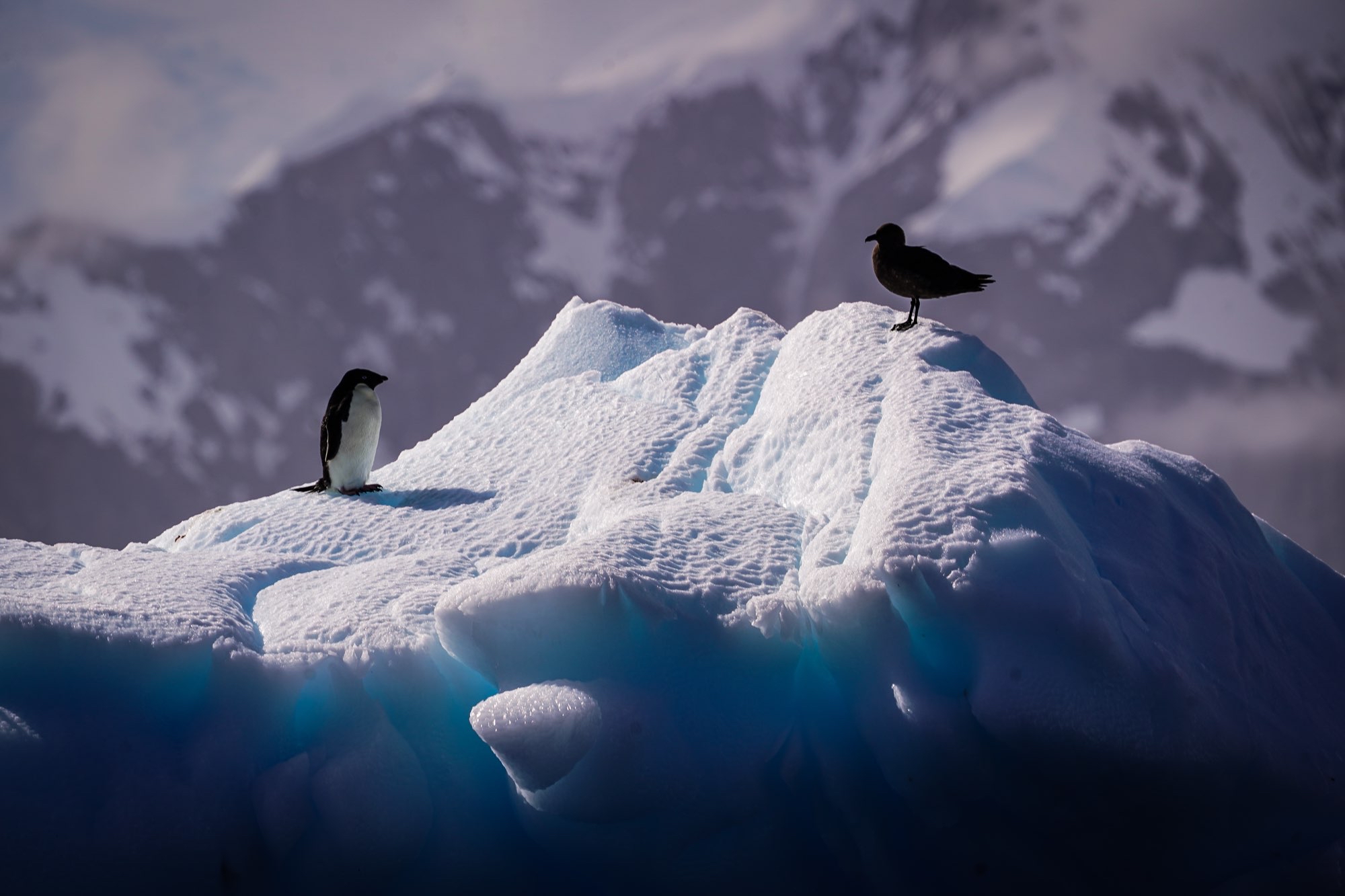
Layered clothing is key for any excursion. Check with Viking on current offerings or provided gear. Ski goggles or equivalent masks beyond sunglasses and neck gaiters are recommended specifically for SOBs. With all gear choices, flexibility and mobility remain key to enter and exit the zodiacs and submarines.
Flexibility in Excursion Planning
Every trip to Antarctica is unique. Viking allows guests to pre-select excursions online before the voyage, but these selections are simply expressions of interest. Final itineraries are subject to change based on weather conditions or unexpected situations, such as medical evacuations. The expedition team works hard to accommodate each guest’s preferences while prioritizing safety and environmental protection.
Remaining flexible and open-minded is key to making the most of this once-in-a-lifetime adventure.


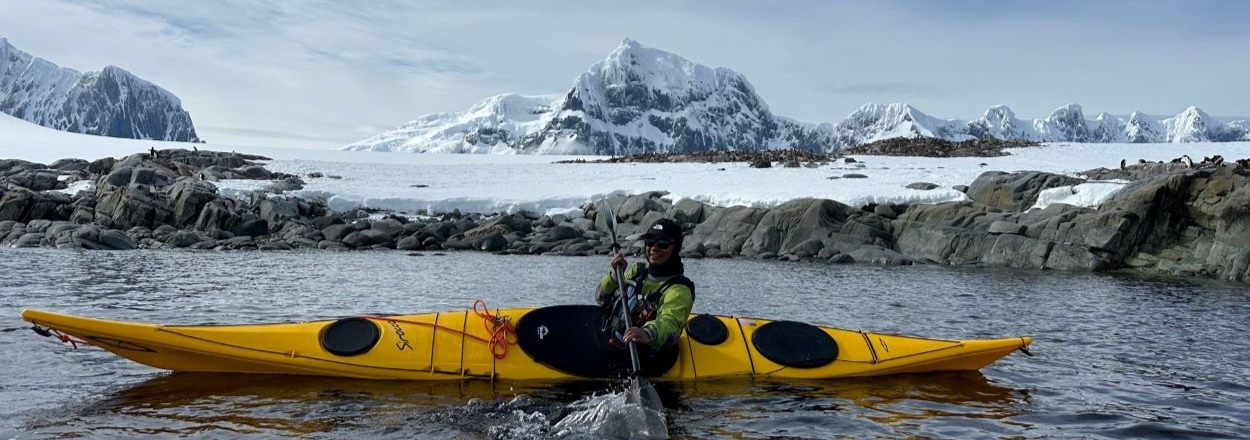

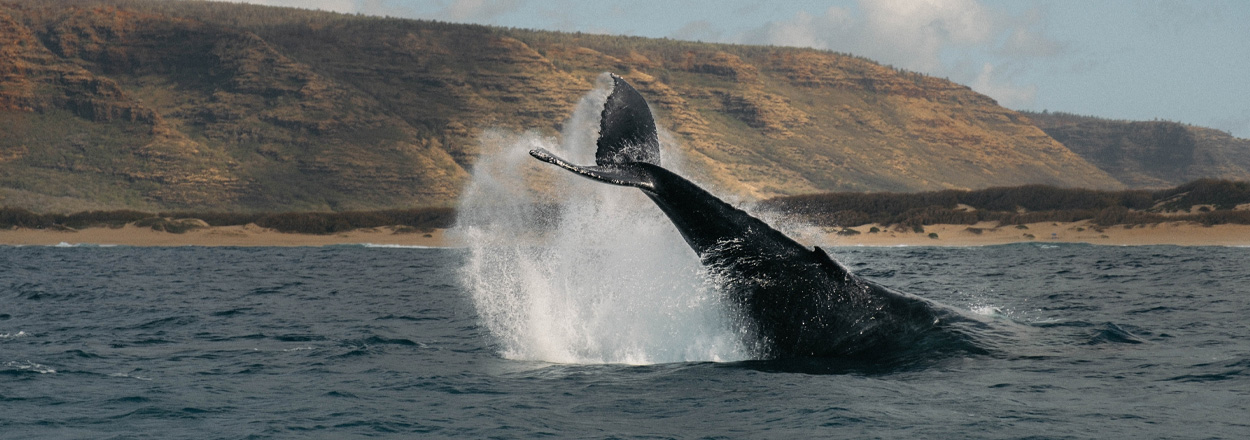
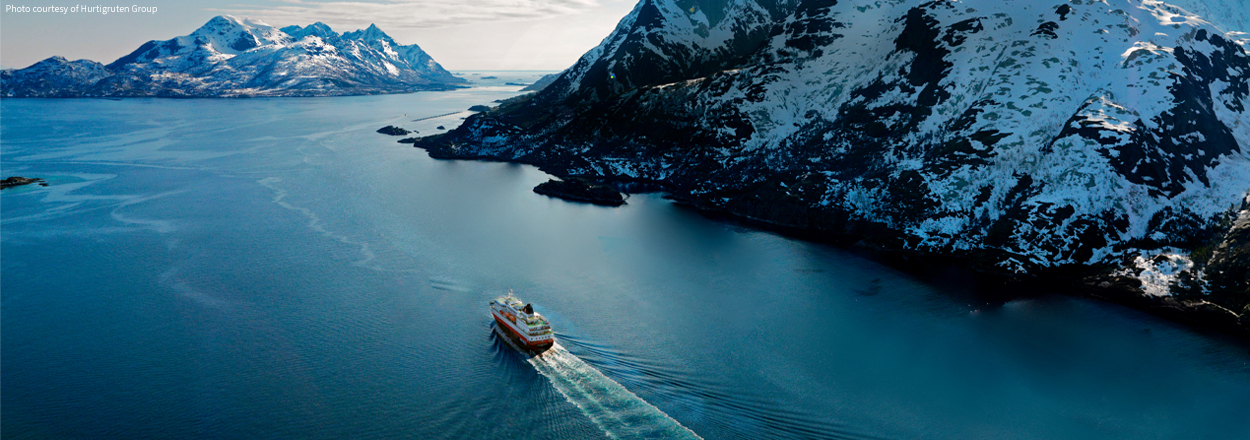
comments